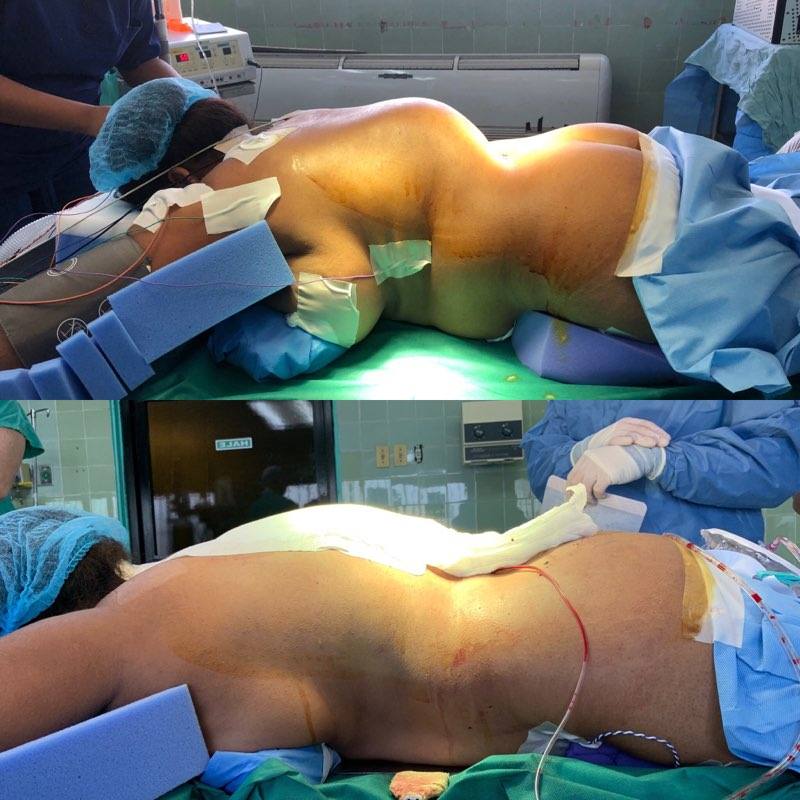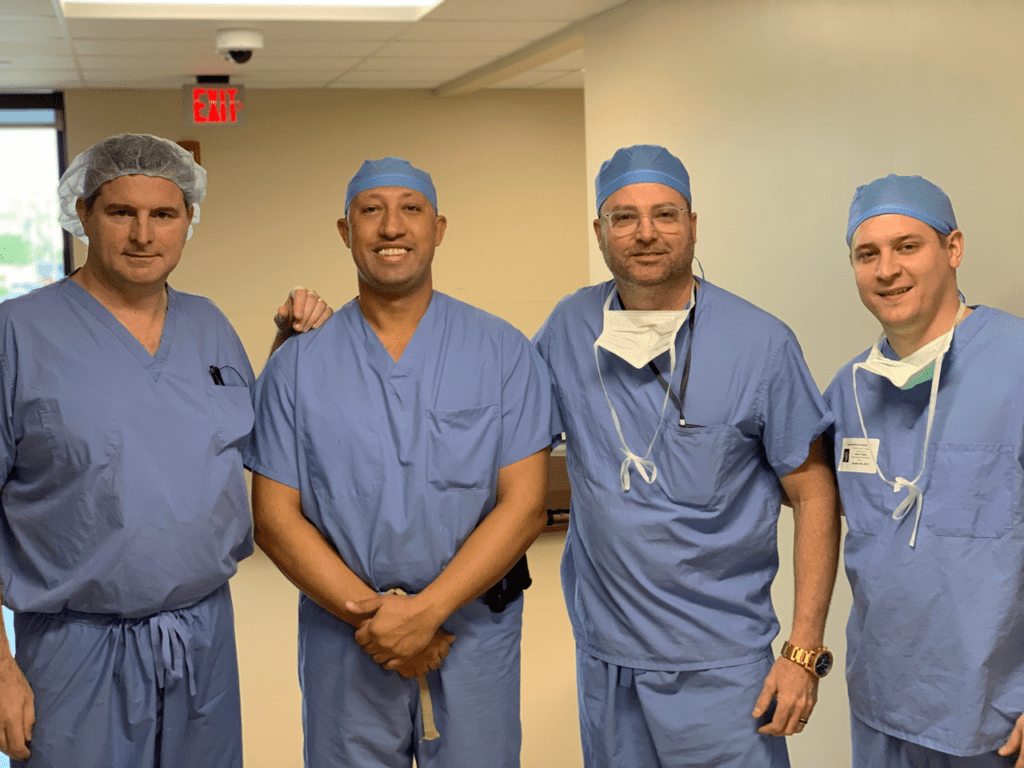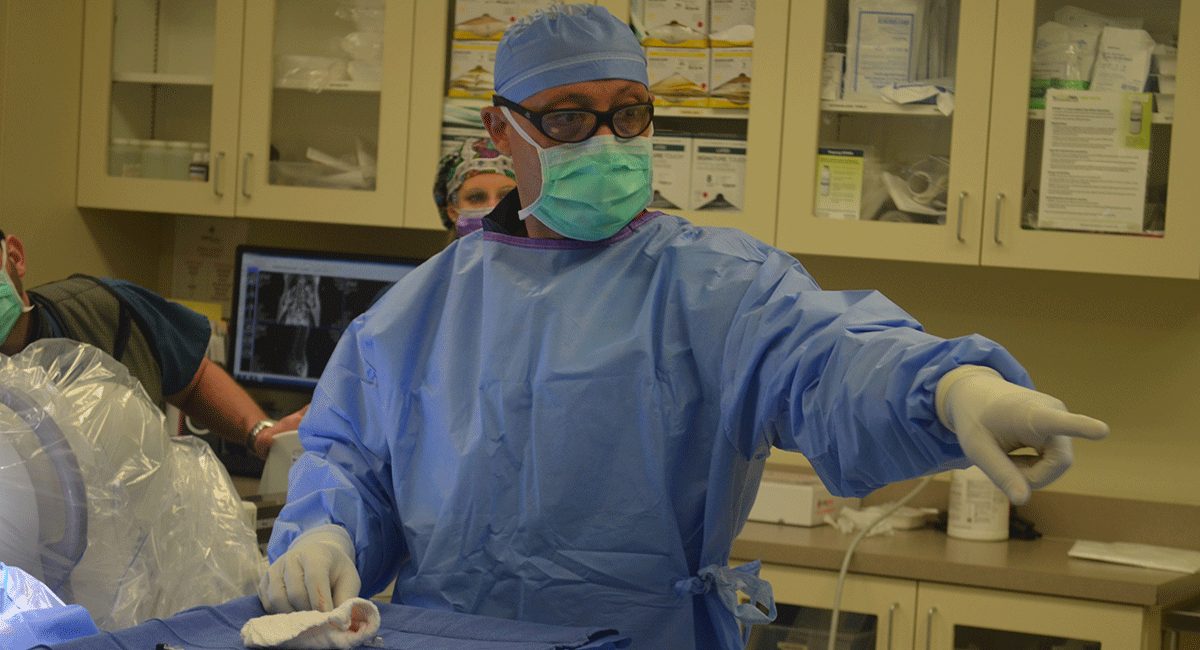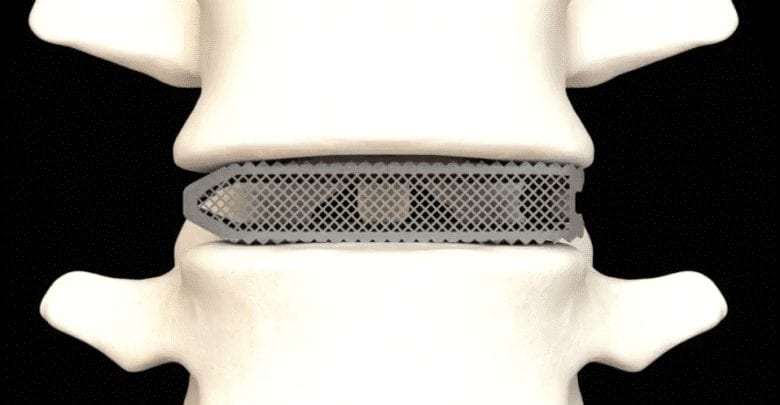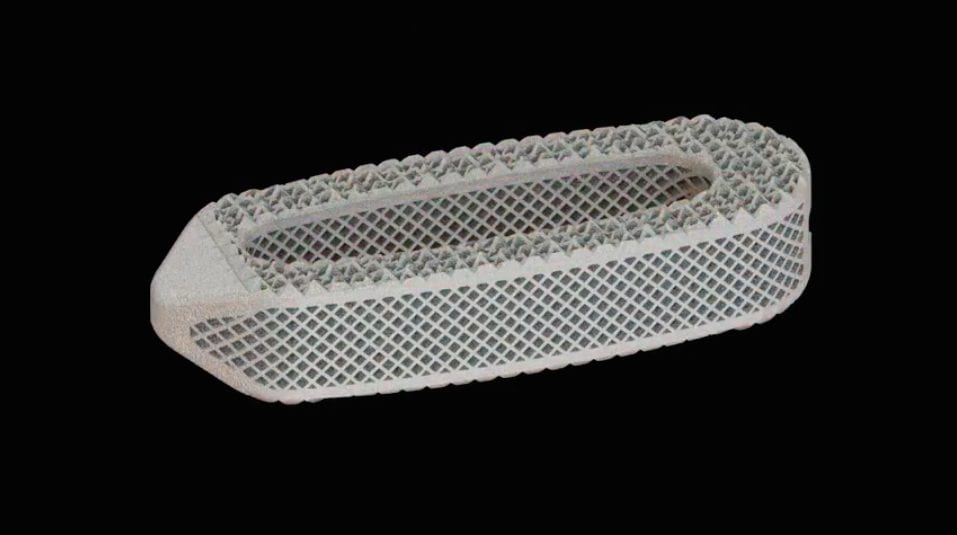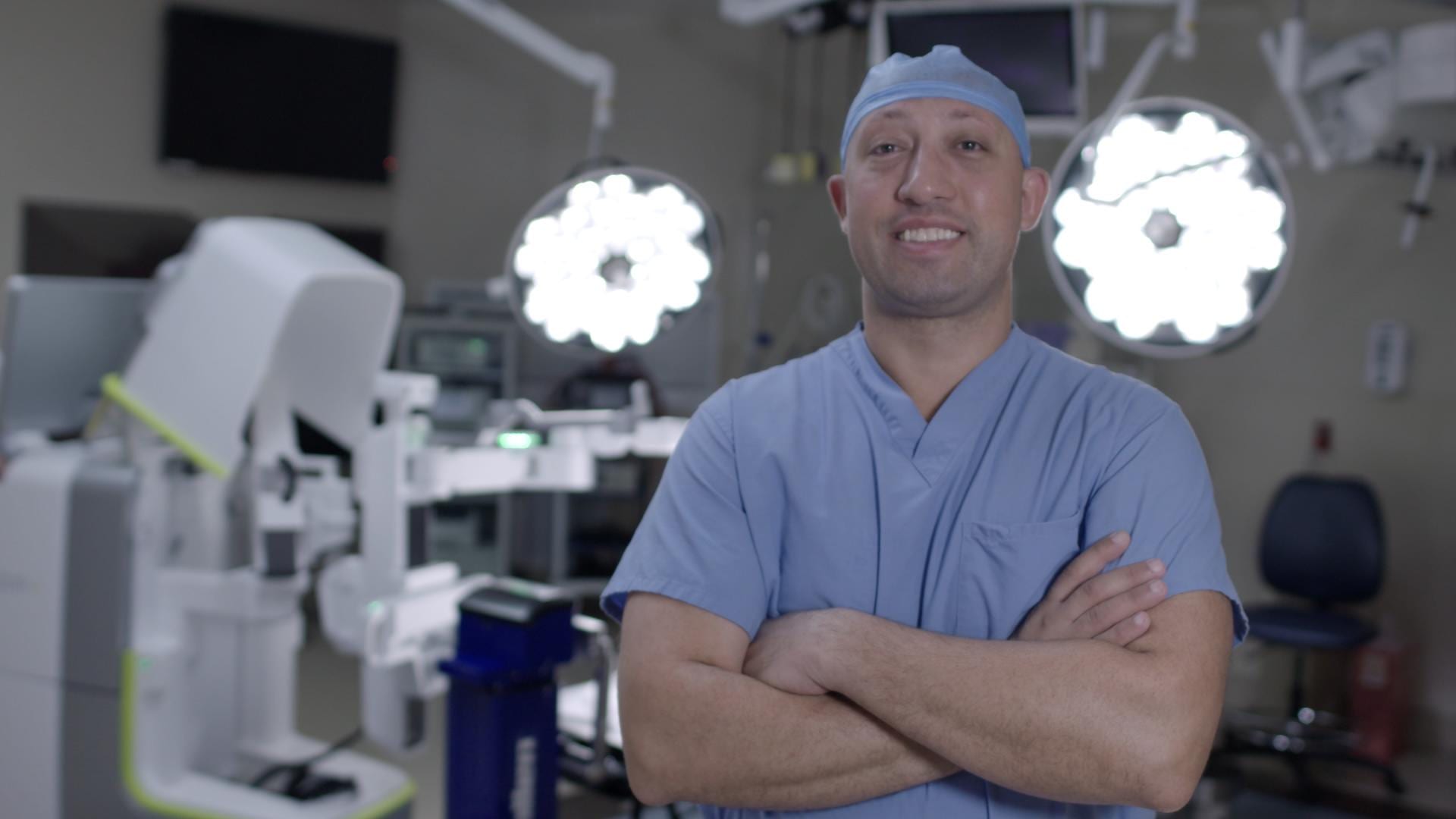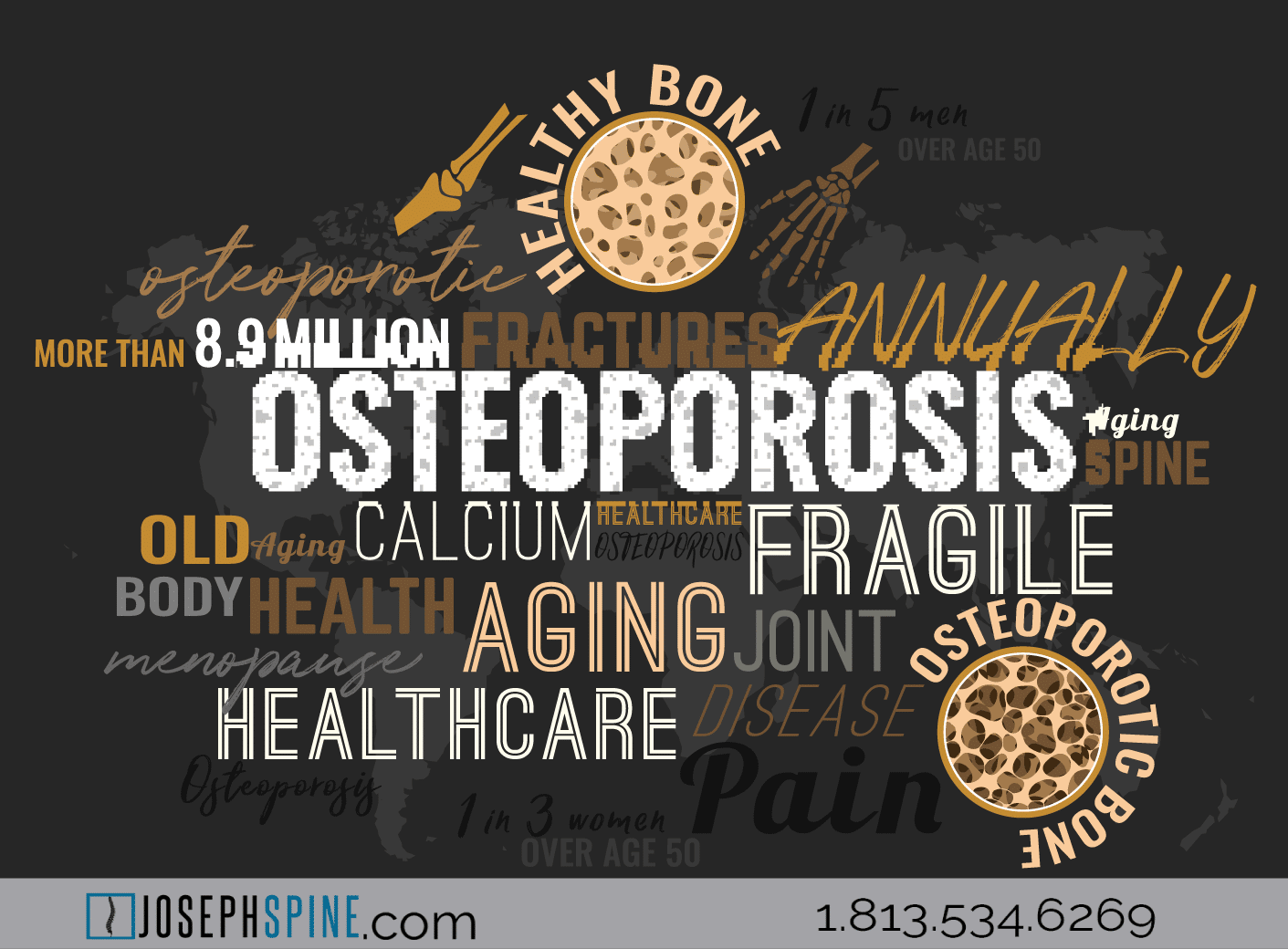New Technologies and Outpatient Spine Care Make High-Quality Spine Procedures More Cost Efficient
The increased usage of new (often minimally invasive) techniques have allowed existing and new procedures to be performed safely and effectively with outpatients procedures at a much lower cost. Minimally invasive procedures, as opposed to open procedures, mean patients are no longer required to stay overnight in hospitals.
There are a number of ways outpatient surgeries and procedures are helpful for patients as well as medical professionals. Outpatient surgeries are in many ways easier for patients, and there are also inherent benefits for doctors and care centers.
Convenience of Outpatient Spine Procedures
The most obvious benefit associated with outpatient surgery and other procedures is that it can be easier and more comfortable for patients and their families. A hospital can be an intimidating setting for some individuals, where as undergoing a small operation at a physician’s office or other facility may be preferable. This also is beneficial because it allows patients to recover at their own home, which can be beneficial to children who worry about their parents away from home.
The physicians will also have much more flexibility in scheduling an outpatient procedure performed in the office or a surgery center.
Cost Savings For Spine Patients
Another major consideration for these types of operations is the enormous potential for cutting costs. Patients do not face room charges at a hospital, and some insurance companies have more lenient coverage for outpatient procedures. According to Becker’s Healthcare, there are tremendous savings associated with outpatient surgeries when compared to the same procedure in a standard facility. For example, patients who underwent outpatient lumbar spine surgery in 2014 saved $320 on average, while across the board these operations cost $8,475 less than they would have at a regular OR.
If you would like to learn more about the orthopedic surgical procedures available at our outpatient surgery centers, please contact us at Joseph Spine and one of our team members will be happy to answer any questions that you may have.
About Joseph Spine
Joseph Spine is an advanced center for spine, scoliosis and minimally invasive surgery. Founded by Dr. Samuel A. Joseph, a fellowship trained, board certified orthopedic surgeon. His practice includes the specialized, conservative, and surgical care of patients. Treatment includes therapeutic injections, disc replacement surgery, minimally invasive techniques, and complex reconstruction of adult and pediatric spinal disorders. Dr. Joseph is also among a select group of surgeons to offer cutting edge regenerative injection therapy.



